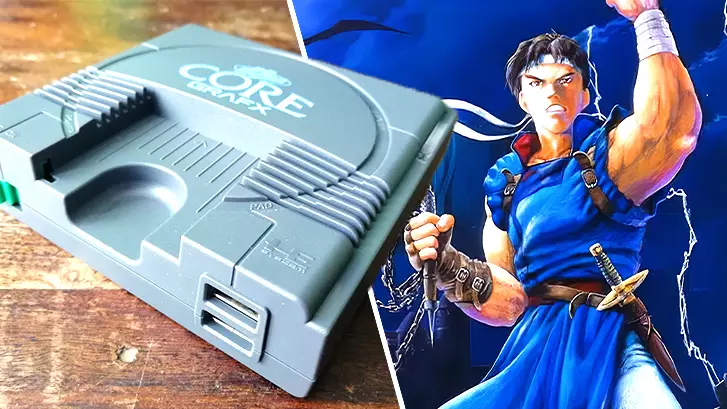
The mini-console market already has a few classics amid its various 'Classics'. The Nintendo Classic Mini: Super Nintendo Entertainment System (aka the SNES Mini) is a pocket-sized superstar bursting with 16-bit delights; and last year's Mega Drive Mini pushes its fiercest rival of the early 1990s close, too, with 42 games that range from absolutely essential to fascinating curios.
Into this competitive market now steps a new challenger: the PC Engine CoreGrafx Mini (as it's called in Europe), or the PC Engine Mini, for the sake of convenience. If the console means nothing to you, it's likely for one of two reasons. One, you're young enough that you don't remember the 1990s, when this NEC-manufactured system went head to head with SEGA and Nintendo's 8- and 16-bit consoles (and, in a few places, spanked them). Or two, you lived in a territory that the PC Engine never properly reached, to any meaningful extent. Myself, I'm in the second category.
As someone growing up in the UK, the most I really saw of the PC Engine was in gaming magazines, where there'd be occasional features on the console, and the rare review of a game or two. But it was really an import-only system for the most part, with a super-limited release of the PC Engine rolling out in Blighty in 1990, the same year as the Mega Drive.
Advert
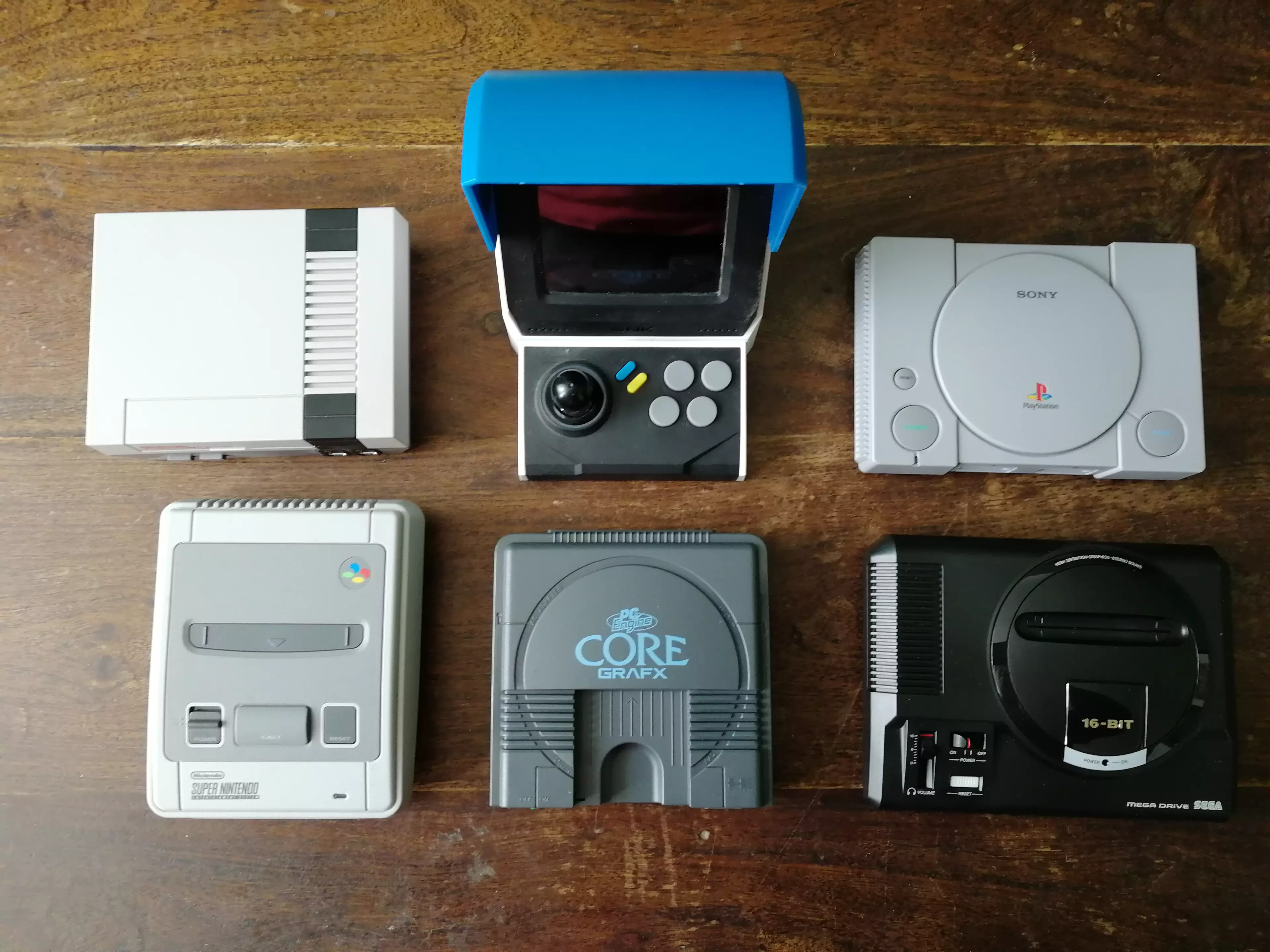
It was normal to have a SEGA Master System or a NES at the time; and if you didn't have one, you can bet a best pal did, and you'd be round theirs as often as possible, playing games that seemed amazing at the time but really weren't (looking at you, Altered Beast). But not once did I ever crash through a friend's front door to find them sitting in front of a PC Engine with a copy of PC Kid sticking out of it.
Which is why the PC Engine Mini is so appealing to me: it's what I couldn't have, as a kid. It's a console that lived in the back pages of magazines, in listings from games importers, next to prices that 10-year-old me sure couldn't afford. Its (initially) exclusive games were always mysteries. Just how would the platformer PC Kid - aka Bonk's Adventure elsewhere in the world, and starring a character who kind of became the PC Engine's de facto mascot - compare to Mario or Sonic?
The PC Engine Mini is both wholly old-school and wonderfully brand-new to me - and I expect the same to be true of thousands of others out there, whose curiosity about the system was never satisfied in the 1990s. Plugging it in, in 2020, some 30 years after its brief flirtation with British gamers, the thrill is akin to firing up a proper 21st century console. I feel the same rush of discoveries to come that I had when I brought home my Switch, or first powered up my original PlayStation 4. This is, surely, what passionate gamers really want from the medium: the new, the unexplored, regardless of what era the games in question originated from.
Presentation wise, the PC Engine Mini is superb. The system itself is only, actually, slightly reduced in size compared to the original console, which was already a tiny thing - and next to other mini-consoles available right now, it sure looks the part. In the US, this is being released as the TurboGrafx-16 Mini, a downsized version of that territory's chunky redesign of the PC Engine (for whatever reason, the US market was deemed to not favour a diminutive product, so the console was pumped full of aesthetic steroids and came out closer to SEGA's Master System in size). And the Japanese market gets the PC Engine Mini in its traditional white casing, rather than Europe's grey plastic.
Advert
There's no power-indicating light on the console - instead, a green switch needs placing to the 'on' position, revealing a red strip that shows that it's running. This switch also moves across a small piece of plastic that would, on the original PC Engine, lock a game card in place (the slot for which is semi-recreated here). On the back there's only an HDMI out and an AC adapter port (only a lead is included - you'll need your own plug), and on the front are two USB ports for controllers, of which only one is supplied out of the box. Which is a big shame, given how several of the 57 included games support two (or more) players.

Arguably, it's what's on screen that counts, though - and the PC Engine Mini really shines here. You can flick between the English games, listed as TurboGrafx-16 releases, and PC Engine Japanese ones; and when you do, the menu changes from black to white (or grey, if you want to keep it that way), and the music changes. Be warned: both menu melodies are deceptive earworms that will burrow into your brain with ease, ready to be cheerfully hummed as you make yourself a brew later in the day.
Every game is displayed with the number of players it can support (though, again, you'll need to buy extra pads and potentially a multitap separately to actually enjoy multiplayer fun), and games can be arranged in A-Z or release date order. All the while, cute little anthropomorphised PC Engines, as seen in the game Star Parodier, wander and tumble around in the background.
Advert
Each title has four save states, and upon selecting one to play, you're treated to a little animation of the game card sliding into place - or a CD-ROM starting up, in the case of the releases collected here which were playable on the PC Engine's CD-ROM attachment (for example, the role-playing compilation Ys Book I & II, Hideo Kojima's cyberpunk adventure Snatcher, and the sci-fi side-scrolling shooter Spriggan Mark 2). A few different filters are available, including one that presents each game as being played on the handheld TurboExpress/PC Engine GT. It's an option, but not one you'll look at more than a couple of times, due to its massive reduction of playable screen size (you'll need to shuffle in close to get anywhere).
Emulation for the PC Engine Mini has been handled by M2, a company with a fine track record of such work on retro titles, having been responsible for the SEGA AGES series on Switch and the 3DS's 3D Classics range. The hardware is produced by Hori Co, Ltd, which specialises in fighting sticks, headsets and more - i.e., it too has a good pedigree with this kind of thing. And, certainly, the pack-in control pad is a fine thing to hold. Its turbo switches will (and do) come in handy for a number of the console's shooters, and while the d-pad is perhaps a little stiff at first, making precision platforming a little fiddly, it eases with use. The pad's lead is long enough that you can comfortably slouch on the sofa with the TV several feet away.
But what about those 57 games (32 Japanese, 25 English), eh? There are some that gamers of, let's say, a certain vintage will immediately recognise as they came to all manner of consoles and computers - the likes of the classic shooter R-Type, Capcom's Daimakaimura aka the tough-as-nails Ghouls 'n Ghosts, SEGA's Space Harrier and Fantasy Zone, and a handful of Bomberman games. And these are all perfectly presented, with instant-click gameplay and bright, popping visuals (the PC Engine wasn't a true 16-bit console, but it could chuck out some impressive stuff, especially with the CD-ROM titles). The games here that you already know to be all-timers remain just that: evergreen attractions that are just as great to play with the title screens in Japanese as they were back when you first played them.
Advert
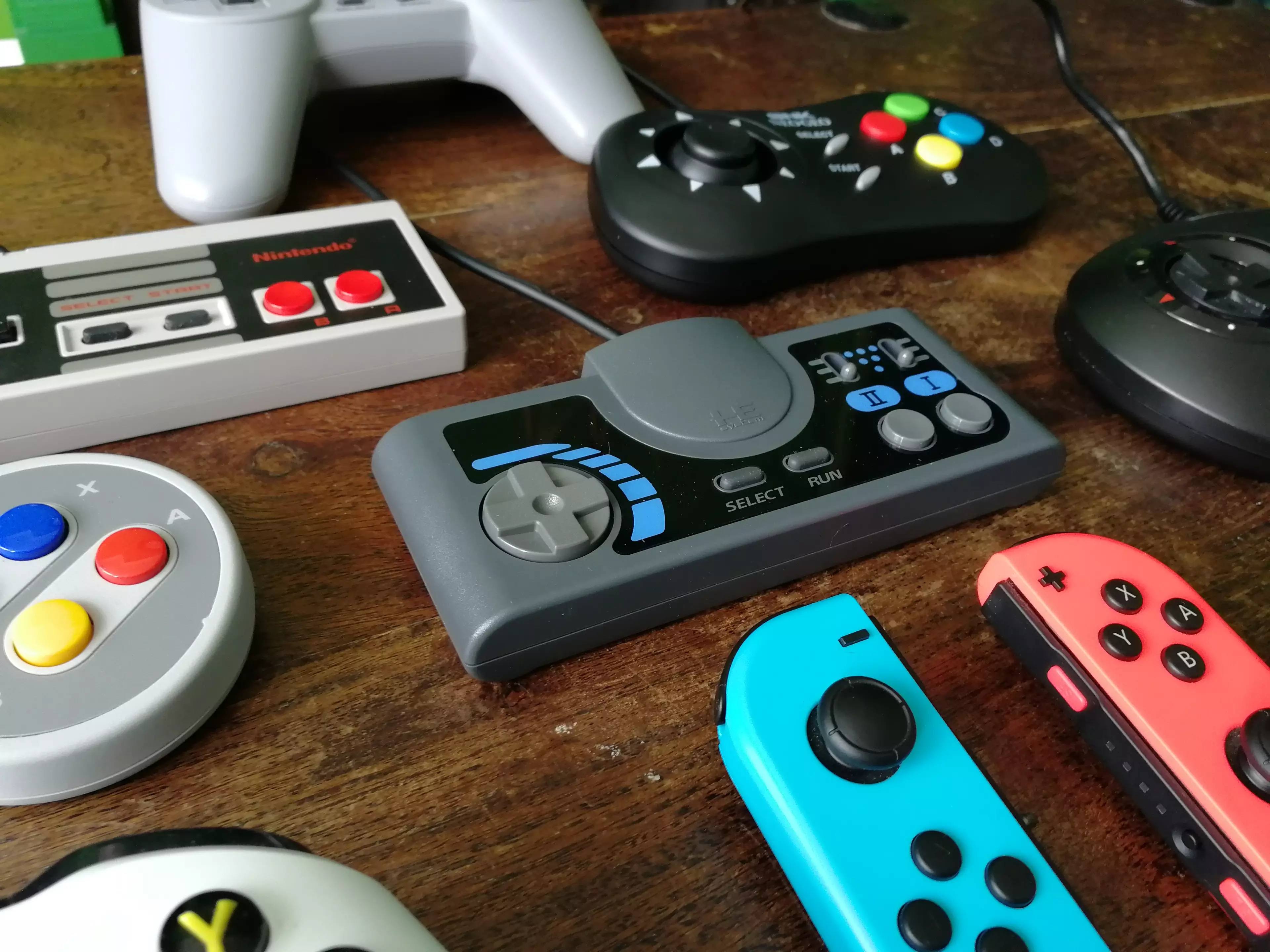
As for Bonk, aka PC Kid, aka PC-Genjin? There are three games here starring the prehistoric hero. The game PC Genjin is Bonk's Adventure, only Japanese - and a fine, headbutts ahoy romp through dinosaur-infested levels of lava traps and, um, really powerful meat. Bonk's Revenge is that game's sequel, and it's one of the TurboGrafx-16 titles here - a simple, by-the-numbers follow-up that gives you more of the same, but little else. Then there's a spin-off shooter, Air Zonk, which sees PC Kid get a sci-fi makeover. The character isn't the same, but their looks are certainly very similar. Air Zonk is a really enjoyable, colourful, funny game that sits in sunny contrast to this Mini's many serious-face shooters.
Speaking of which: Lords of Thunder (devil horns in the air for this one), Super Star Solider, Soldier Blade, Salamander, Blazing Lasers, Galaga '88, Super Darius, Star Parodier and more are present and correct on the PC Engine Mini, which will be gaming manna from bullet-hell heaven for fans of the shooter genre. Those who like a good, old-school role-player are taken care of, too, with Neutopia and its sequel shamelessly ripping off Zelda but doing it well, Dungeon Explorer welcoming same-sofa multiplayer adventuring (if you can stretch to the extra gear), and Ys and its sequel included in their remade forms, in both English and Japanese.
Whereas a lot of games on the Mini are perfectly playable in their Japanese guises, with menu text in English, some are wholly impenetrable, sadly. It's amazing to have Snatcher, a legitimate all-timer for me, included here in its three-act form, with voice acting and animated cutscenes. But Hideo Kojima's best game (don't @ me, it's true) is a graphic adventure that's so driven by text (outside of a handful of shooting sections) that unless you can read what's on screen, any progress whatsoever is only ever going to be at random. There are no subtitles for the voice-overs, either.
Advert
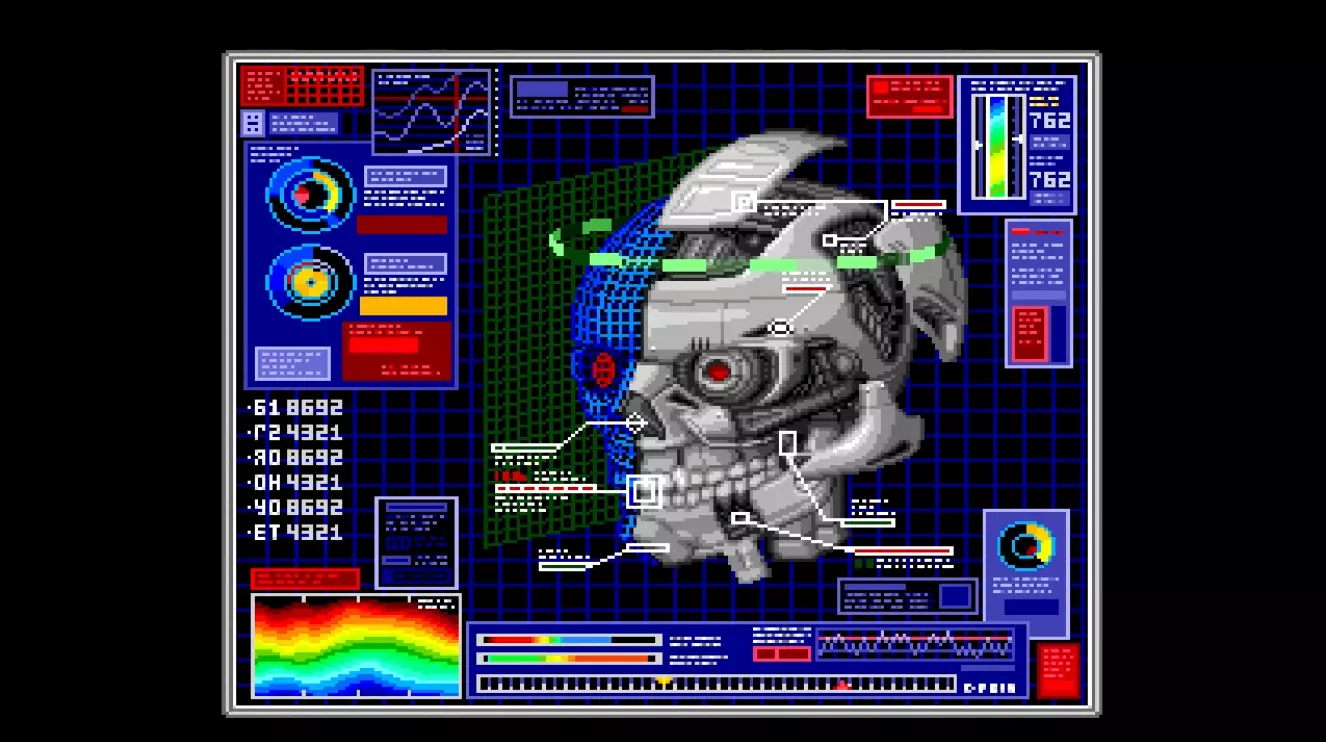
Appare! Gateball is a version of croquet that's practically unplayable, and the same is true of Super Momotaro Dentesu II, a travel-based digital board game a little like Monopoly. There's not enough games on here that are impossible to follow for the criticism to really impact the overall impression; but damn, would I ever love to play through Snatcher again, on a legitimate piece of hardware, a completely legal release, all ship-shape and Bristol fashion. I guess I just need to learn Japanese (or patiently continue to wait for Konami to do the right thing and reissue the Mega CD version of Snatcher, the only one translated into English).
Another genuine classic that's become rather tough to find, legally, is Akumajo Dracula X Chi no Rondo - the original, 1993 release of Castlevania: Rondo of Blood, exclusive to the PC Engine CD and only available in Japan until its (translated) PlayStation Portable remake of 2007. If you've ever played, and loved, Castlevania: Symphony of the Night (and really, why wouldn't you have?), this is the game that comes directly before it, chronologically. The beginning of Symphony is the end of Rondo, if that makes sense. A huge critical hit that was hard to find in the West, playing Akumajo Dracula X Chi no Rondo in 2020, on new hardware, is quite the thrill.
There are plenty of other games worth mentioning here, worth highlighting, but for this piece's sake, it's best I save a 'top 10' picks for another occasion (or, like, DM me). Suffice to say that whatever your genre of choice, there's something here for you on the PC Engine Mini - and chances are, it's a good example of its kind. (Okay, maybe not Power Golf.) Strip away the games that aren't easily understood, and the very few that are pretty bad (albeit never Altered Beast bad), and you're left with a heap of amazing experiences that - unlike other Minis out there - will very possibly be completely new to you.
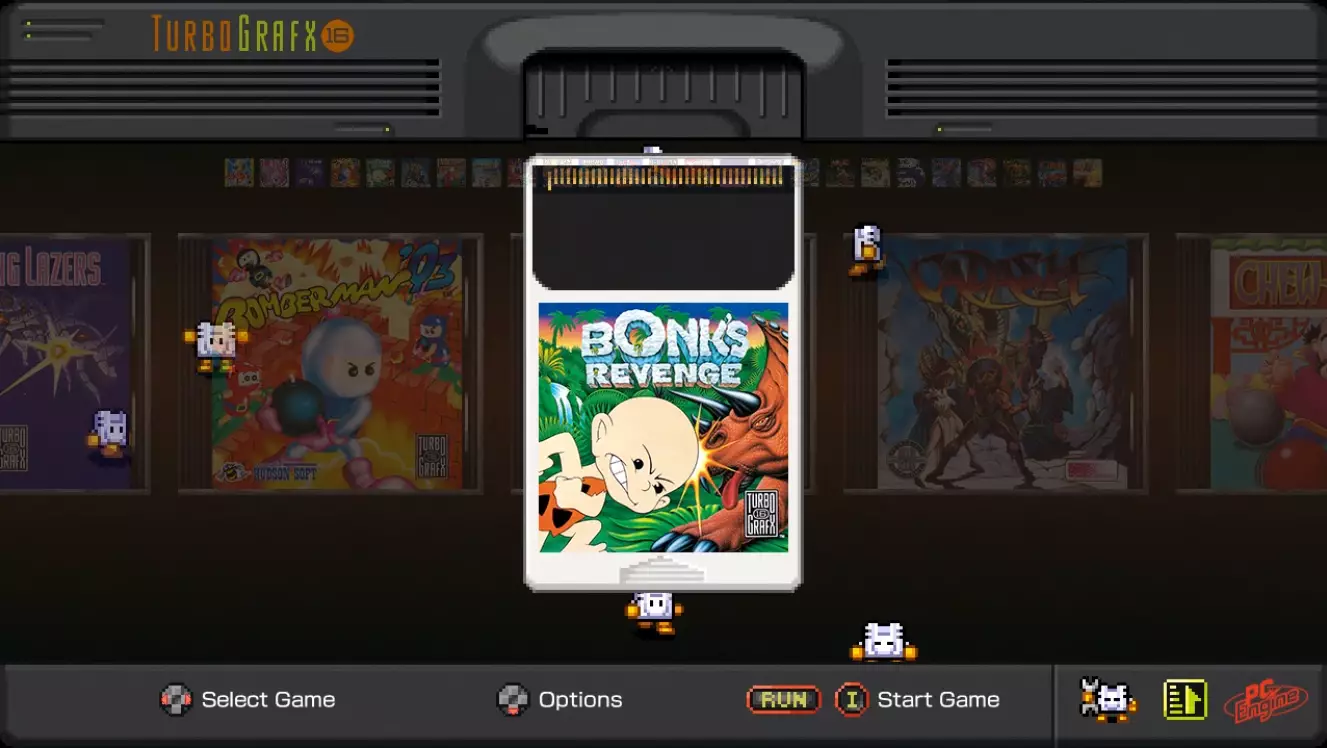
And that's the USP of the PC Engine Mini, in comparison to the SNES Mini and the Mega Drive Mini and their ilk. Those little consoles are brilliant time capsules of throwback fun, and each has games included that hold up brilliantly in the 21st century. But they are reminders of what you had, flashbacks to a childhood spent passing pads to blast through Sonic 2 levels, and bruising best friends on Street Fighter II. Playing with the PC Engine Mini is like unlocking a secret gaming history that you only ever heard whispers about, or caught fleeting glances of. I've already spent a number of brilliantly rewarding hours in its company - more than I have the SNES and NES Classics, because these games are new to me, and not readily available elsewhere. I'm feeling my way through them, through most of them, for the first time. That's so fulfilling, and exciting, and I don't see myself stopping any time soon.
---
The PC Engine CoreGrafx Mini (official site) is manufactured by Konami, who supplied a test unit for this coverage. The console will retail for £99.99, with one controller, exclusively through Amazon, but its retail release date in Europe remains unspecified due to the current coronavirus pandemic. The console is available now in Japan, however. A statement from Konami reads as follows:
"We're working closely with Amazon to provide regular updates to our customers that have pre-ordered the PC Engine Core Grafx mini and TurboGrafx-16 mini. For the latest information on the delivery date, please check the 'Track Your Package' page on Amazon. Amazon is still accepting new pre-orders for the consoles and we're working hard to resume normal delivery schedules as soon as possible. We thank everyone for their patience during this uncertain time."
Featured Image Credit: Konami